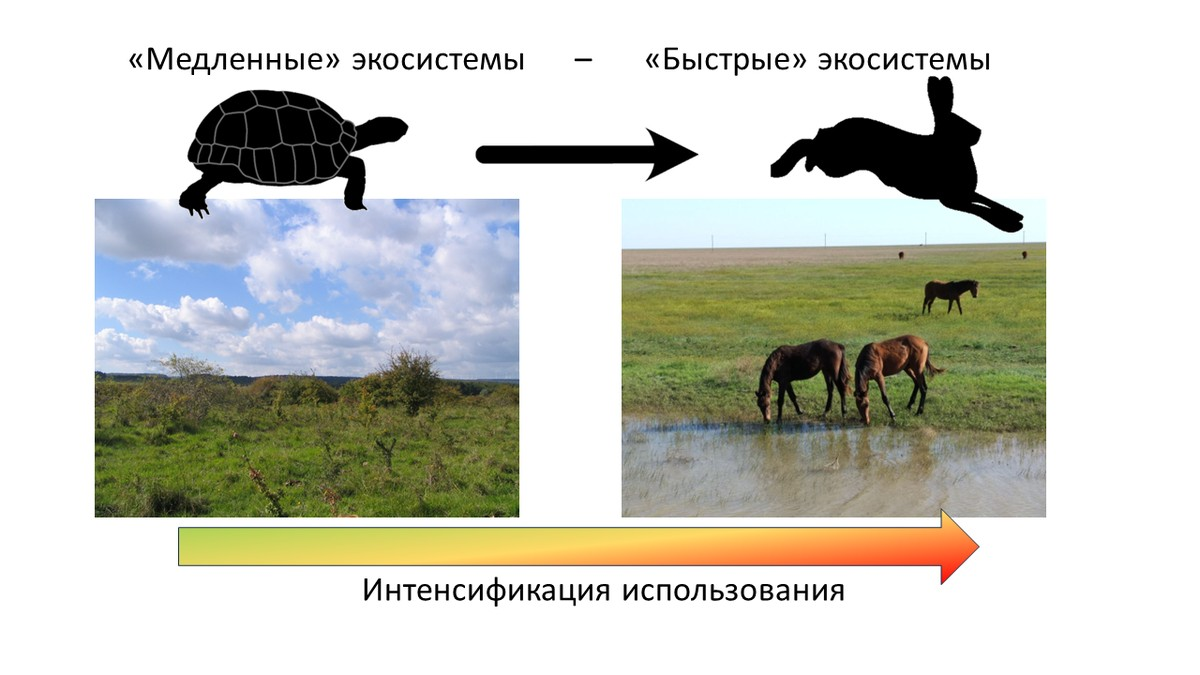
Scientists from the Institute of Ecology and Evolution of the Russian Academy of Sciences, as part of a representative international consortium of researchers, have found that in the event of increased anthropogenic impact on herbaceous ecosystems, the organisms in them, regardless of the systematic group, become smaller and demonstrate an acceleration of functional processes.
The problem of ensuring the sustainability of terrestrial ecosystems while increasing the intensity of their use in agriculture is extremely relevant in the modern world. Employees of the Institute of Ecology and Evolution of the Russian Academy of Sciences, as part of a representative international consortium of researchers from eight countries, conducted a large-scale study of 150 European meadows and pastures. The composition and functioning of their biota were studied at the level of individual organisms, species and their entire community.
Scientists have made an interesting discovery that in the case of intensification of agricultural use of herbaceous ecosystems, species and individuals characterized by small sizes and accelerated functional processes become increasingly functional in the communities of above-ground and underground organisms inhabiting them. To prove this quantitatively, various morphological and functional parameters, which in the world literature are called traits, were measured for plants, bats, birds, flying insects and various terrestrial and soil invertebrates. Traits include, for example, body size, speed and type of reproduction, respiration rate and other functional characteristics of organisms. Undisturbed communities were found to be dominated by larger, slow-reproducing organisms characterized by relatively slow physiological processes (termed “slow” traits). In disturbed ecosystems, on the contrary, small, fast-moving, fertile species with intense physiological processes (called “fast” traits) prevail. Accordingly, ecosystems in poorly exploited meadows and pastures are “slow”, accumulating a large supply of biomass and characterized by a relative slowdown of processes, and in the case of intensive use - “fast” with reduced biomass, but accelerated functioning and response to stimuli. Due to this, intensively used meadows and pastures can effectively resist complete degradation, as they recover faster in the event of additional impact.
“The discovered mechanisms for ensuring the sustainability of meadows and pastures during the intensification of their use by humans open up impressive prospects in the field of green economy and the cultivation of clean and healthy agricultural products,” noted Andrey Zaitsev, head of the work from the Institute of Ecology and Evolution of the Russian Academy of Sciences, leading researcher at the laboratory for studying the ecological functions of soils.
The participation of the Russian group in the study was supported by the Russian Science Foundation (RSF grant 23-14-00201). The results were published in February 2024 in the leading prestigious international journal Nature Communications.
